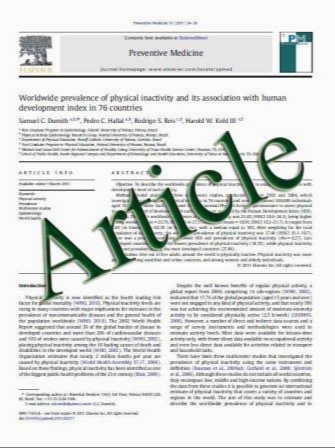Cardiac aging – a review
- نوع فایل : کتاب
- زبان : انگلیسی
- مؤلف : D. Czuriga, Z. Papp, I. Czuriga, ء. Balogh
- چاپ و سال / کشور: 2011
Description
Background: Physiology of aging includes numerous modifications at different levels of the cardiovascular system, resulting in adverse remodeling of the heart and blood vessels. Methods: The present review aims to summarize the different mechanisms in detail during the process of aging with special emphasis on the neurohumoral regulation, autophagy, and remodeling of the extracellular matrix (ECM). Results: Age-associated cellular and molecular mechanisms involve cardiomyocyte function, alterations of neurohormonal regulation, as well as changes in the ECM. Moreover, interactions between the distinct territories involved in the age-related modifications increase the complexity of senescence-associated cardiovascular remodeling. Altered adrenergic and renin-angiotensin systems control neurohormonal regulation of age-associated cardiovascular function. Increased oxidative stress induces enhanced production of cellular waste material, and facilitates the detrimental effects of aging on senescent cardiomyocytes, which are unable to maintain their homeostasis and redox equilibrium due to altered autophagic capacity. Increased collagen and advanced glycation endproducts (AGEs) deposition in the ECM further worsen global function of the aging heart. Conclusions: During the aging process, several modifications in the heart and blood vessels occur at different levels of the cardiovascular system. This adverse remodeling is further influenced by a number of cross-talk actions between the separate mechanisms. Further investigations are needed to elucidate the exact causeeffect relations among the underlying mechanisms, and to clarify their hierarchical position during the course of the aging process.
Eur Surg (2011) 43/2: 69–77 DOI 10.1007/s10353-011-0600-3 Received January 5, 2011; accepted after revision February 16, 2011


